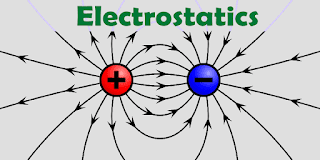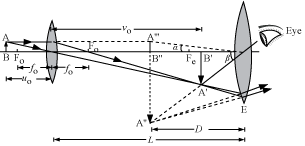Class 9 Math,Science,Social studies ( Full syllabus)

Class 9 Math Chapter 1:Number Systems Chapter 2: Polynomials Chapter 3: Coordinate Geometry Chapter 4: Linear Equations in Two Variables Chapter 5: Introduction to Euclid’s Geometry Chapter 6: Lines and Angles Chapter 7: Triangles Chapter 8: Quadrilaterals Chapter 9: Areas of Parallelograms and Triangles Chapter 10: Circles Chapter 11: Constructions Chapter 12: Heron’s Formula Chapter 13: Surface Areas and Volumes Chapter 14: Statistics Chapter 15: Probability Science Chapter 1. Matter in Our Surroundings Chapter 2. Is Matter Around Us Pure Chapter 3. Atoms and Molecules Chapter 4. Structure of the Atom Chapter 5. The Fundamental Unit of Life Chapter 6. Tissues Chapter 7. Diversity in Living Organisms Chapter 8. Motion Chapter 9. Force and Laws of Motion Chapter 10. Gravitation Chapter 11. Work and Energy Chapter 12. Sound Chapter 13. Why do We Fall ill Chapter 14. Natural Resources Chapter 15. Improvement in Food R






